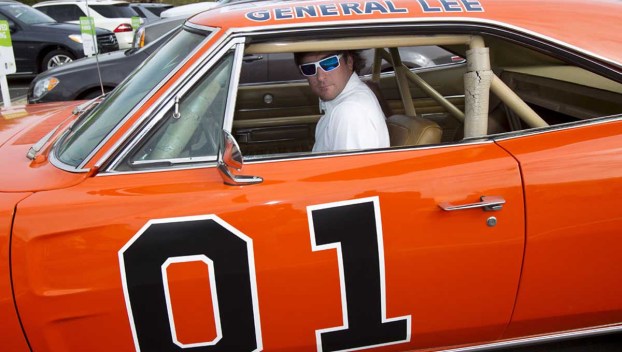
National Sports
Bubba Watson to remove Confederate flag from ‘General Lee’
Bubba Watson says he's painting over the Confederate flag on his car made popular in "The Dukes of ... Read more

Bubba Watson says he's painting over the Confederate flag on his car made popular in "The Dukes of ... Read more

CHARLESTON, S.C. — The road trips were short and simple. Dylann Roof climbed into his car with a ... Read more

The long, sinister arm of racism found its way into a South Carolina church last week and slaughtered ... Read more